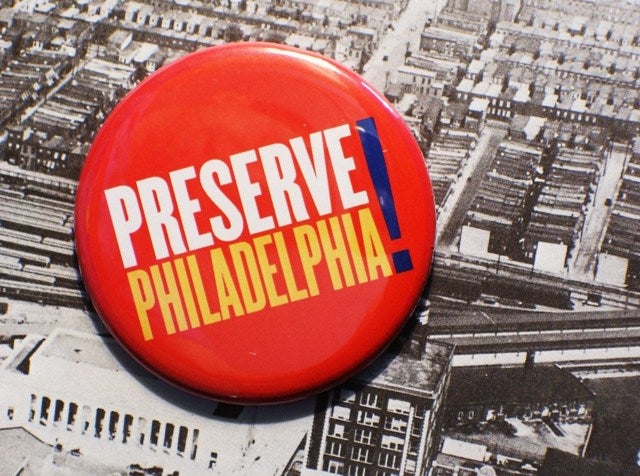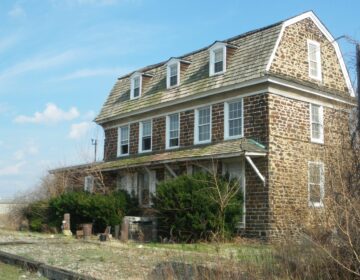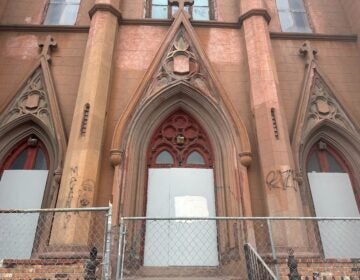Putting punch in Philadelphia preservation

June 4
By Matt Blanchard
For PlanPhilly
If a historic structure falls in the neighborhoods, does it make a sound? Does anyone downtown even notice?
That’s the riddle facing cities across the nation: While downtown demolitions like the recent PLICO case get wide attention, marginal neighborhoods can lose genuinely historic properties with little public review.
Only 15% of Los Angeles buildings, for example, have ever been surveyed for historic value. In Philadelphia, a city of 560,000 separate property parcels, the percentage is even smaller, around 4%.
Enter “Preserve Philadelphia,” a campaign that for the last two years has been quietly gearing up for a total survey of Philadelphia’s historic resources.
“We’re just getting started, but we have a small nucleus of very talented people,” said John Gallery of the Preservation Alliance of Greater Philadelphia, which has partnered with Penn’s Graduate Program in Historic Preservation and the city’s Planning and Historical commissions for the project, with funding from the Barra Foundation.
A model for the survey is Los Angeles, where the city created a new Office of Historic Resources, matching a $2.5 million grant from the Getty Foundation. That office then launched “Survey LA”, sending teams of expert and volunteer surveyors into the field with hand-held PCs. From the curb, surveyors can identify and evaluate a building with a simple Windows-like program.
Preserve Philadelphia is already surveying a test neighborhood, Frankford, using historic atlases to pinpoint potentially important properties. By next summer, Gallery says, the group should be ready to approach the city: “We’ll be able to say: We know exactly how to do it and how much it’s gonna cost.”
Misunderstood, such surveys can cause panic among property owners, who equate the survey with being listed on a historic register, and might rush to demolish before they imagine preservation restrictions will take effect. (Thus, the results of LA’s survey are being kept under lock and key).
In reality, the survey is a planning tool. Its ultimate product is a database that can be linked to the city’s existing GIS maps. That way, L&I inspectors and other city employees pulling up tax or ownership info will also have easy access to historic data.
The intended effect is to elevate preservation in the city’s planning practice from its current low-priority status.
“For us in Philadelphia,” says Penn city planning professor Randy Mason, “large scale city planning should be backed up by a comprehensive [historic] survey.”
But the survey takes flight in an atmosphere of frustration. Philadelphia has just five city employees to monitor 10,000 buildings currently protected by the city’s Register of Historic Places – the worst staffing level of any major city. And new designations are rare: Just one building was added to the register in all of 2007, a Victorian brownstone at Broad and Lombard, while other candidates languish for up to five years.
The recent high-profile historic demolitions at the convention center and in Old City lend the survey added urgency. Underlying so much of Philadelphia’s appeal – and its entire tourism economy — are historic hotels, homes, museums, parks and streetscapes.
Later this year, the project will launch a website: www.preservephiladelphia.org. If you’d like to volunteer, contact the Preservation Alliance at 215-546-1146. The Alliance is presently surveying Washington Square West.
Contact the reporter at blanchard.matt@gmail.com
WHYY is your source for fact-based, in-depth journalism and information. As a nonprofit organization, we rely on financial support from readers like you. Please give today.






